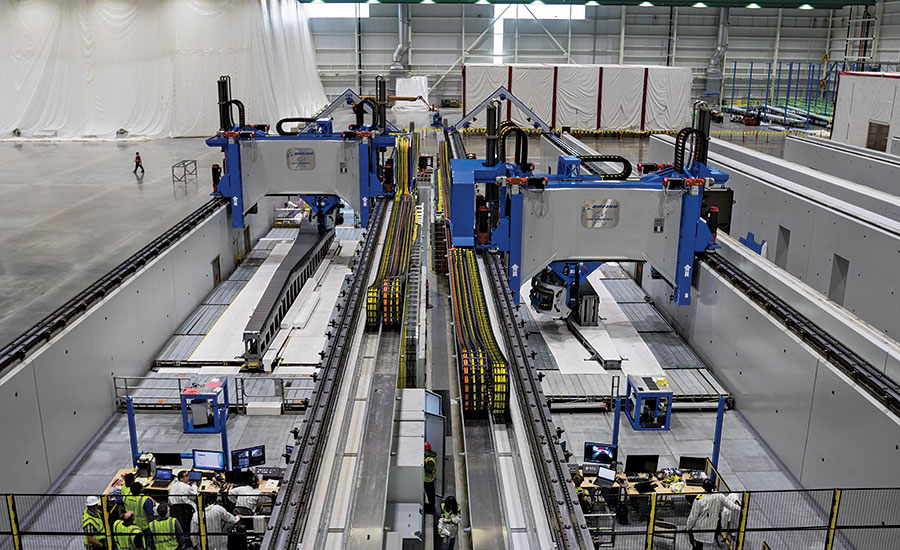Despite a generally mixed near-term outlook for the U.S. economy, manufacturers are continuing to call on design firms for help in staying competitive in an increasingly volatile marketplace.
Firms report that, while automotive and energy manufacturing projects have leveled off, projects related to biotechology, nanomaterials and advanced products for aerospace and other security-sensitive markets have risen. Likewise, food and beverage projects are steady sources of new work, while commodities tend to be market- or product-specific.
Speed and competitiveness are now common prerequisites for manufacturing projects. Lean manufacturing is the order of the day, with a growing range of owners taking steps to optimize operations and eliminate even the most minuscule sources of waste.
For some, the solution is to consolidate operations, into either new facilities or modified existing ones. “This produces a twofold effect, both making their manufacturing process more efficient as well as reducing facility overhead,” observes Marti Watts, director of manufacturing at BRPH, Melbourne, Fla., which helped Berwyn, Pa.-based Triumph Aerostructures to bring together operations from 300 locations into a single new facility.
Other manufacturers are focused on retooling existing facilities, with production layouts reconfigured to incorporate lean manufacturing concepts. Often, that means adding advanced, often highly automated equipment and increasingly sophisticated additive technologies, such as 3D fabrication.
“The product or process is king,” says Christopher Stump, manufacturing sub-market leader for Albany-based CHA. “It continues to drive the what, when and how in manufacturing, even as horizons grow [narrower]. It’s rare that companies are looking more than five years ahead.”
The need for nimbleness spawned by this fast-moving, equipment-driven project environment has led many manufacturers to pursue alternative project delivery methods, such as design-build. These methods, Stump says, “accommodate speed-to-market issues and help to put capital to work sooner.”
Not surprisingly, manufacturers also expect tighter integration of design and construction. Zachary Quandt, director at GP Strategies, Columbia, Md., notes a growing emphasis on facility validation and commissioning to meet a specified schedule. “Delays are not looked upon favorably,” he says.
Sustainability and energy efficiency remain high-priority considerations for manufacturers, Quandt adds. However, clients, rather than design consultants, are taking the lead in establishing performance goals.
“As with the products and processes, we have to be flexible in design to understand the requirements—but set inside the building codes and standards,” Quandt says.
While manufacturers may “own” more of the process and performance knowledge, specialized expertise and innovation remain highly coveted attributes for
design firms. However, the ability to efficiently deliver any and all required services is equally important, Stump says.
“Their core business is making product X,” Stump adds, “so they’re looking outside for everything else.”




